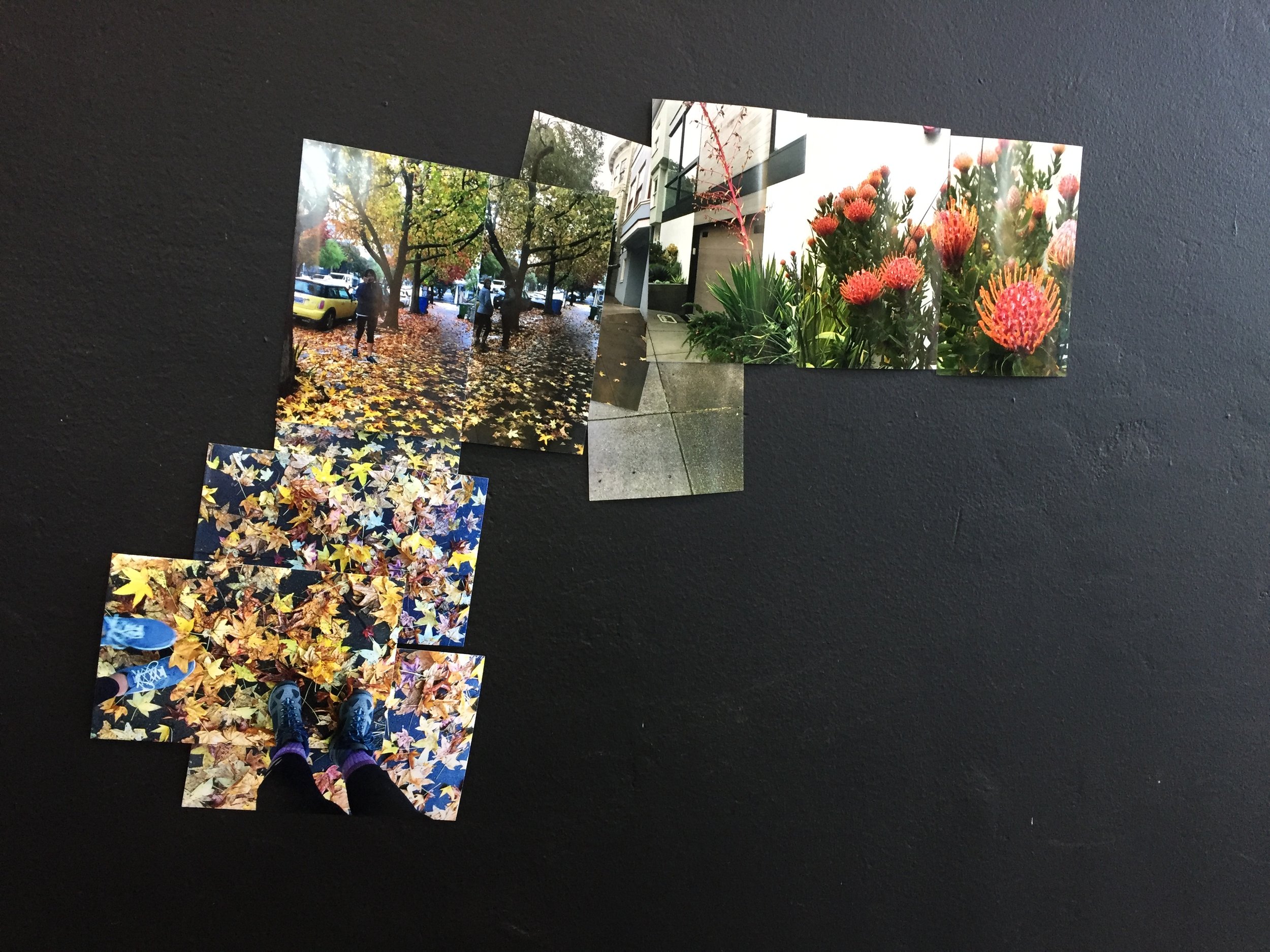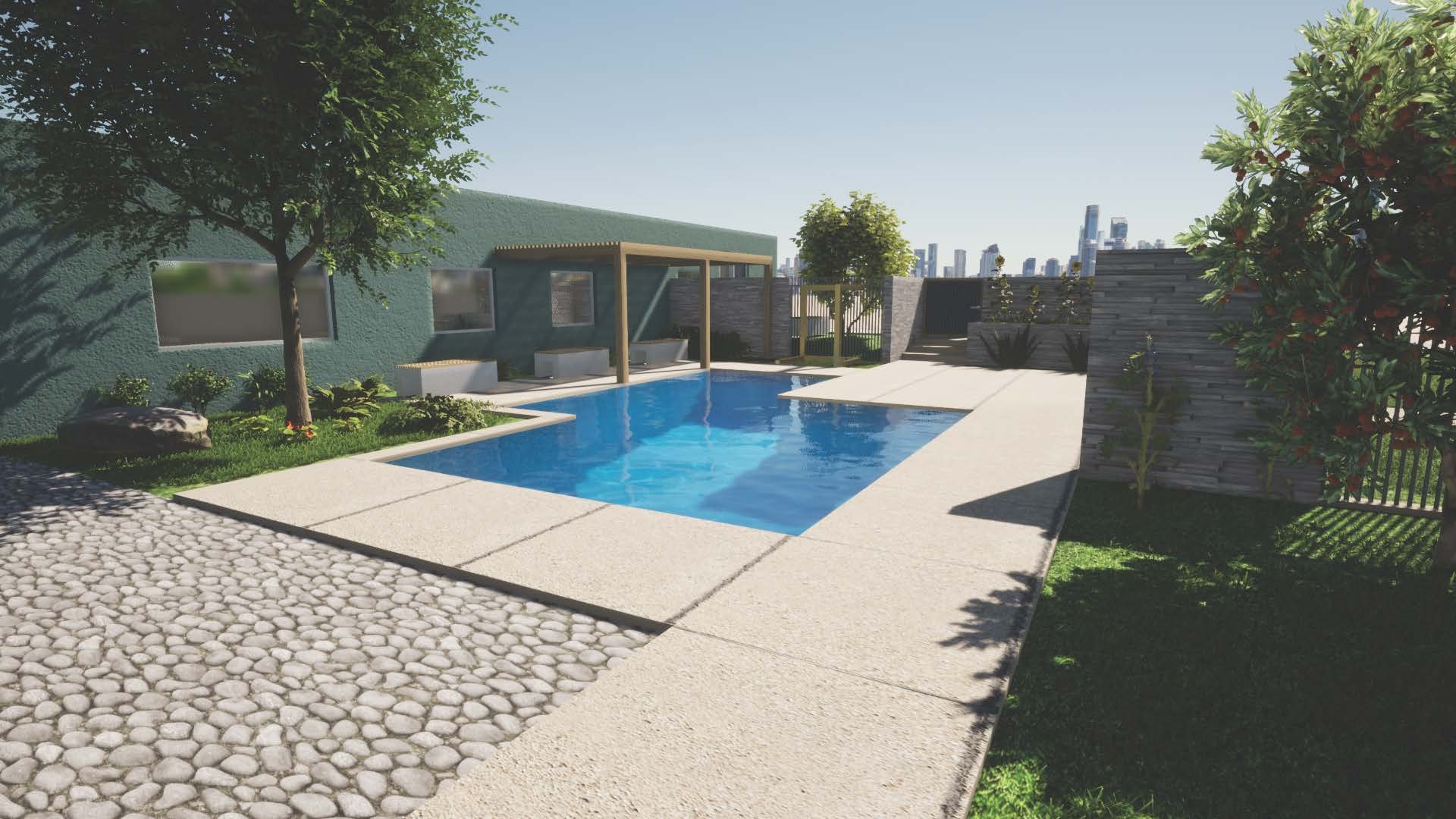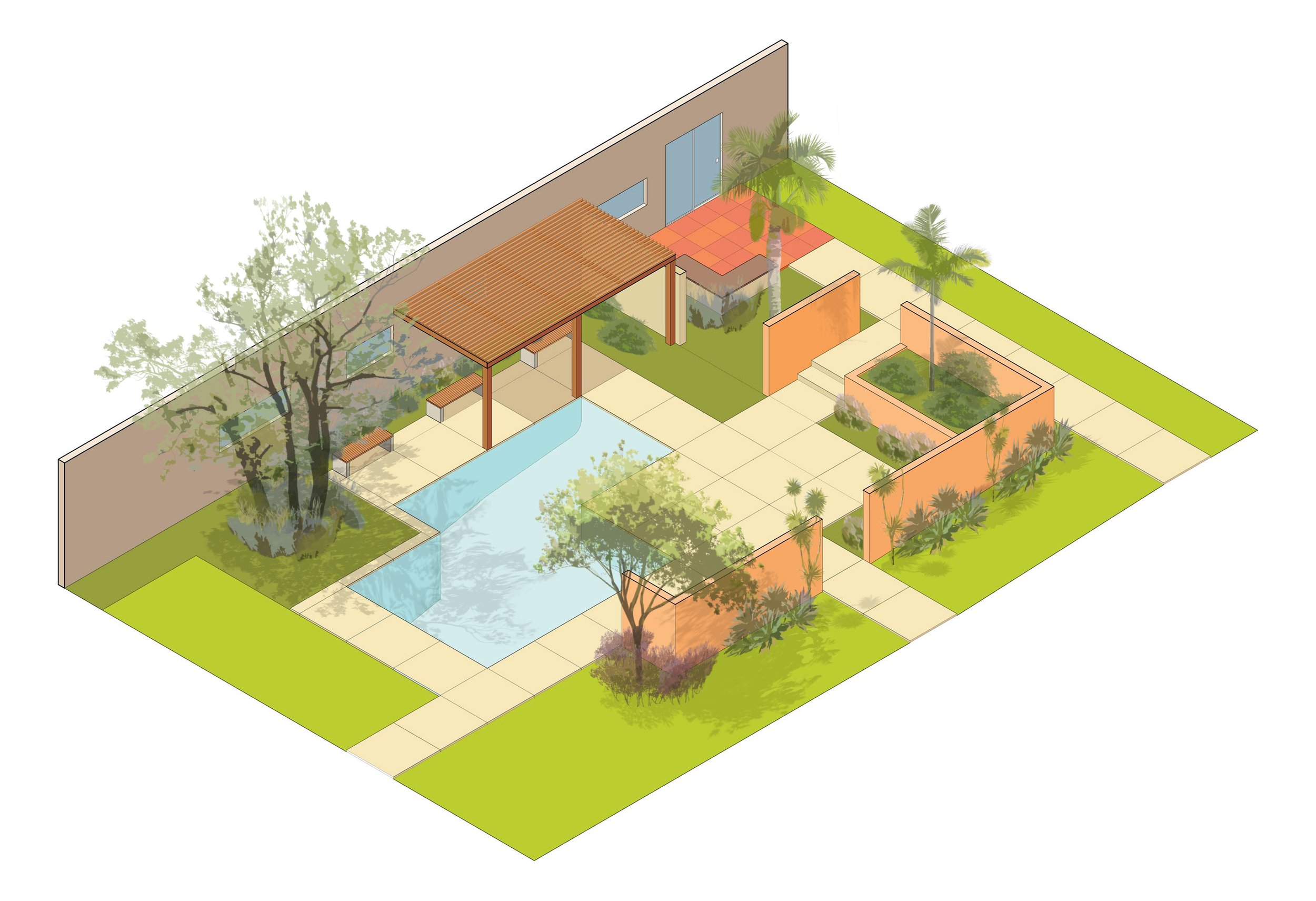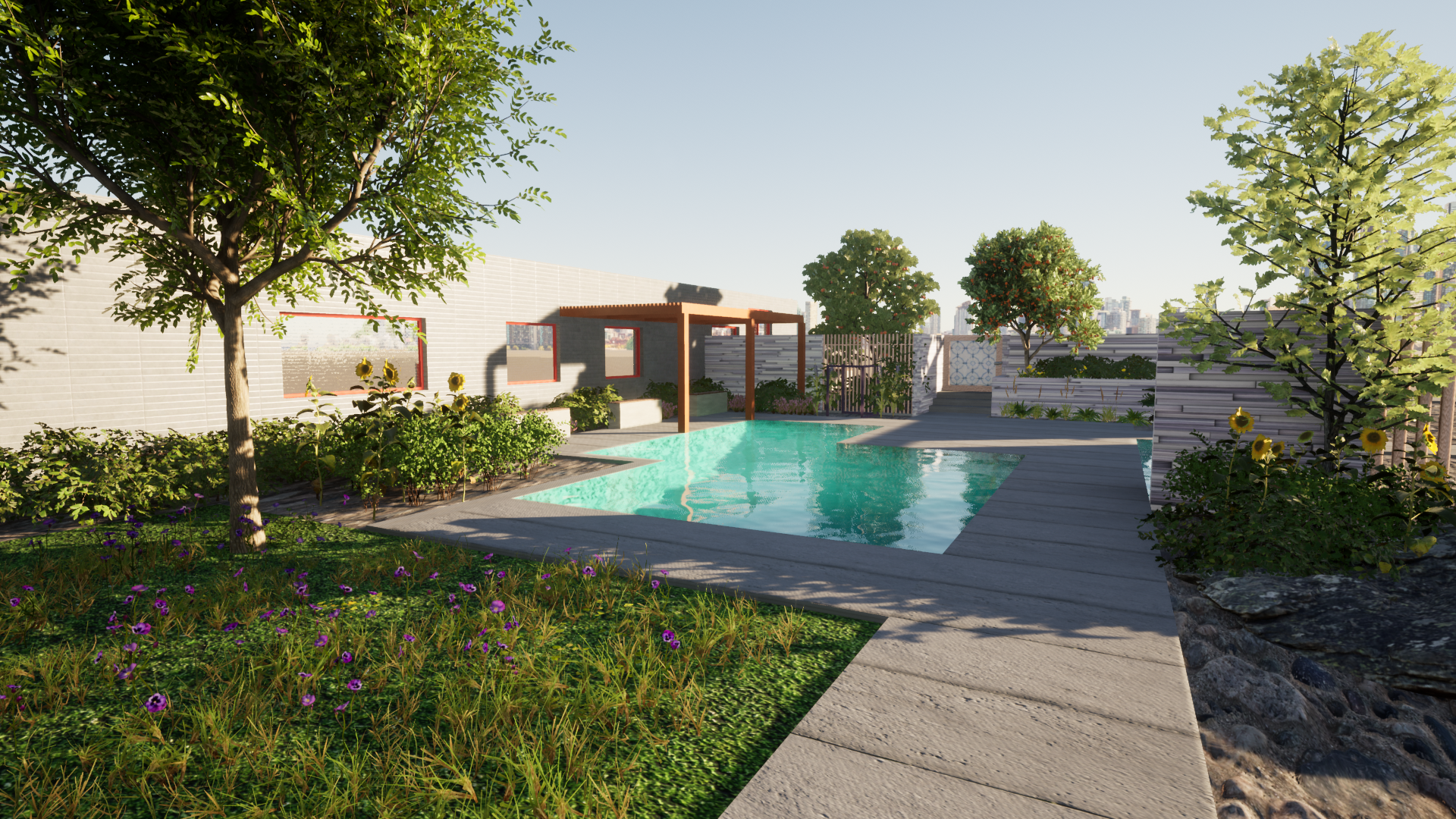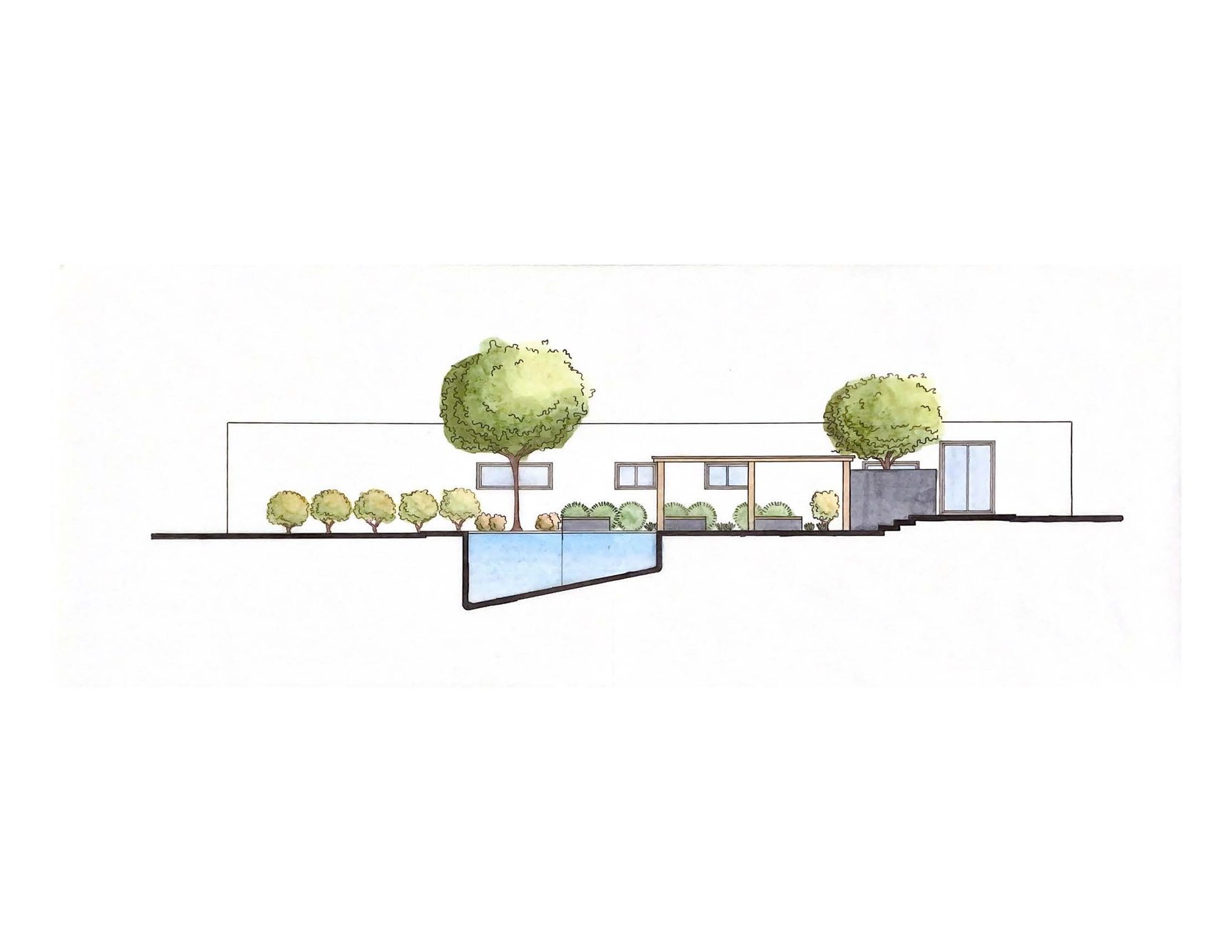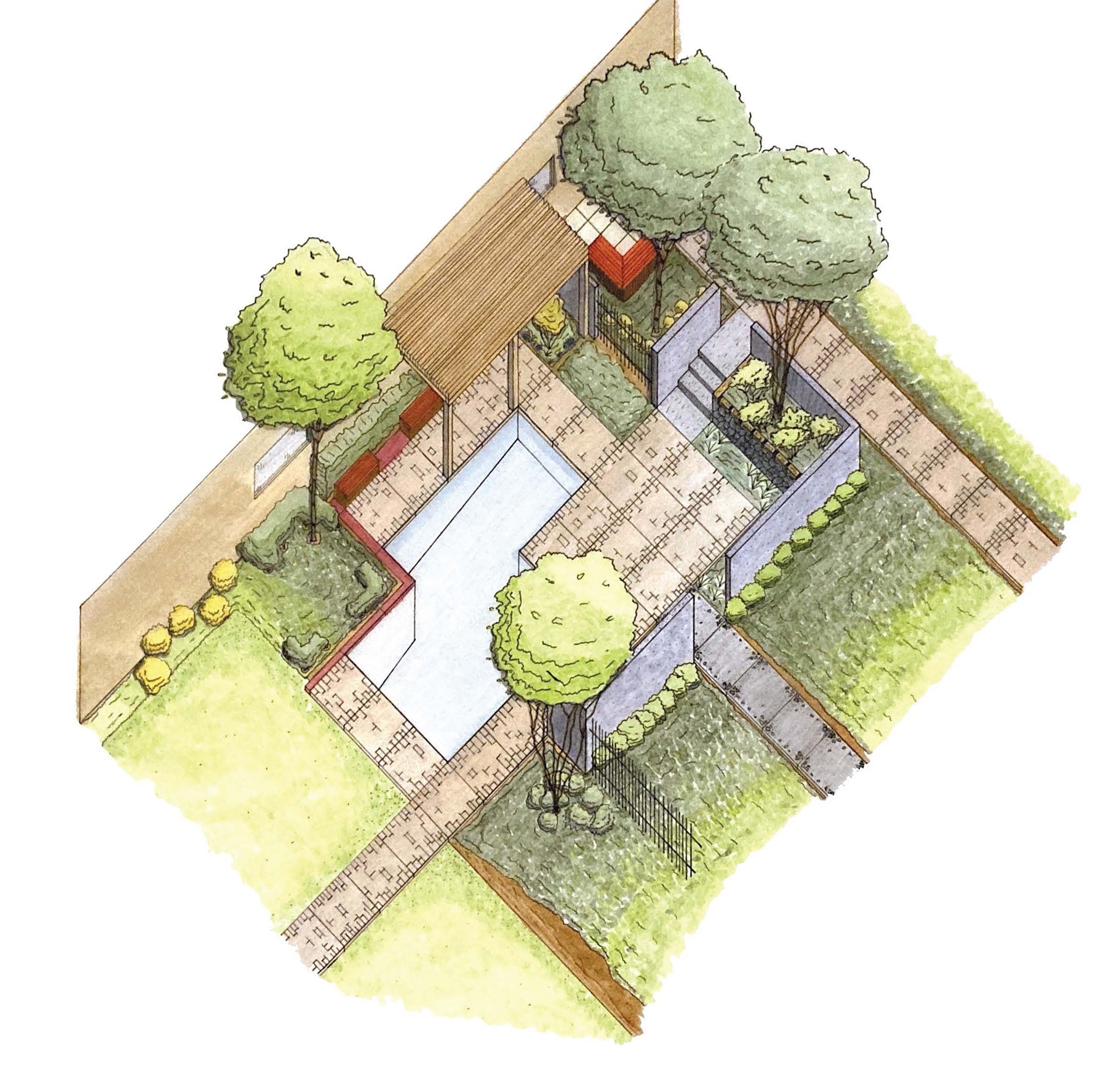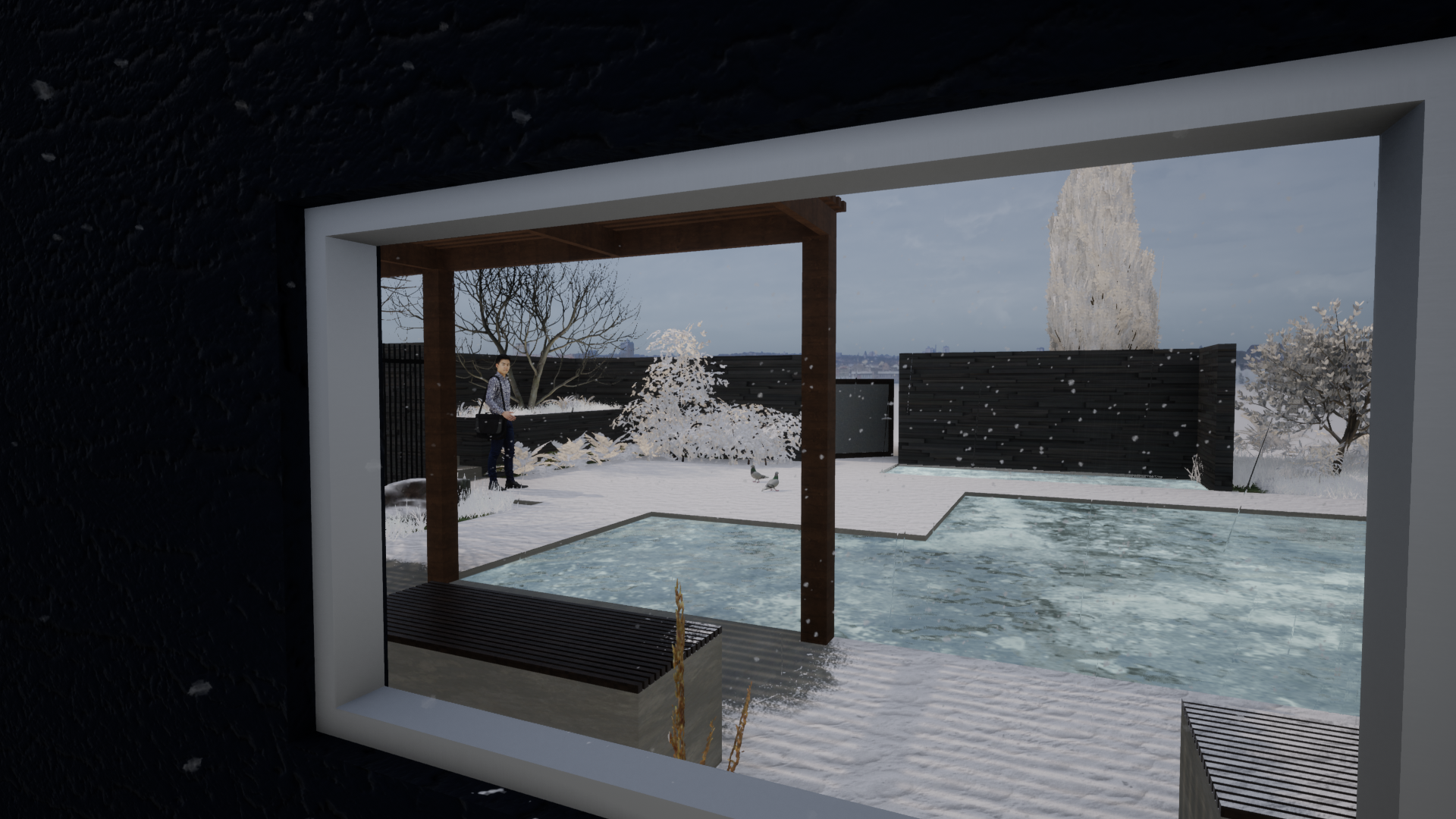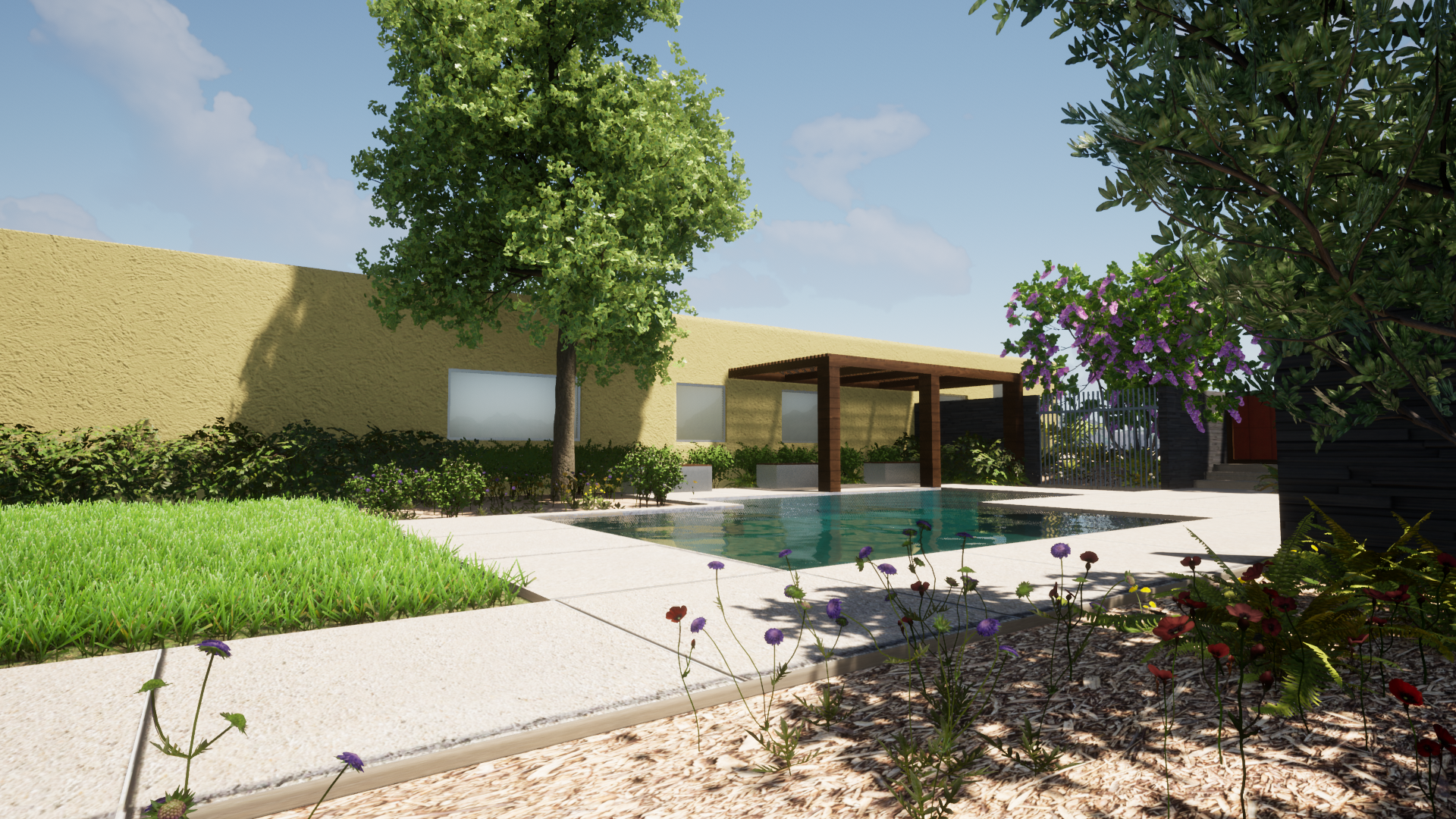
An evolution of explorations in drawing and modeling the built environment and imagining the unbuilt and intangible
Visual Communication for environmental design addresses the basic theory and intent of visual communication as applied to environmental design. It focuses on the exploration of what designers draw, why and how designers draw, and the concepts of notation, observation, diagramming, measuring, and communication. This course uses problem-based learning to critically evaluate audience, tools, venue, and mechanics of visual communication. This graphics course operates as a series of skill-building exercises focusing on the methods of digital representation as they pertain to landscape architecture by integrating analog and digital tools. Students in this course not only explore methods of how to draw, but also engage in discussions of why to draw.
Methods of Representation is a course I have taught since 2018. The goal of this course is to provide resources and instructions to design students in the ways of seeing, drawing, making, and imagining. The methods I have developed for this course include traditional analog drafting and rendering, 3D modeling in both NURBS-based and Mesh-based programs, parametric modeling, physical model making, digital drafting, photography, sketching, and real-time and raytraced rendering. All assignments and tasks developed for this course have been either written or adapted for reuse by me.















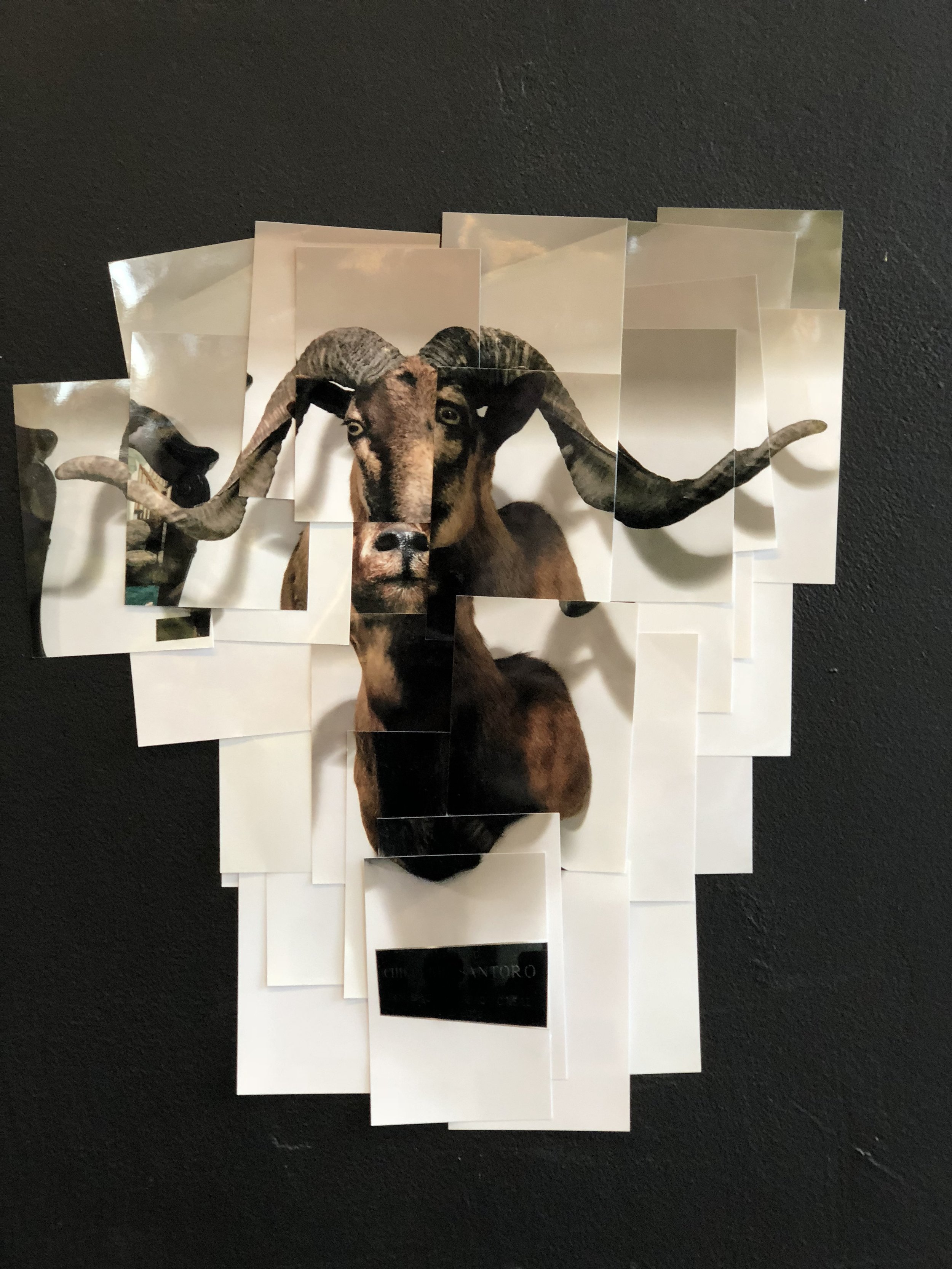



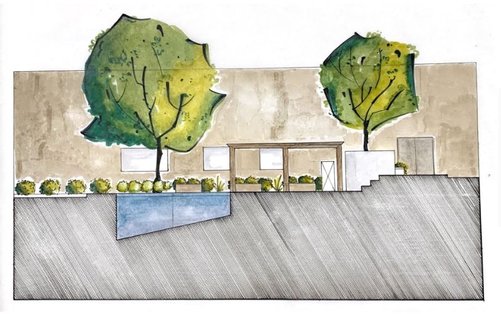
![LA 1581.02 Planview_final_AlexLopez_all [Converted].jpg](https://images.squarespace-cdn.com/content/v1/62d860433080f806af560eca/45a9024b-f46f-4784-9430-110ae614474d/LA+1581.02+Planview_final_AlexLopez_all+%5BConverted%5D.jpg)
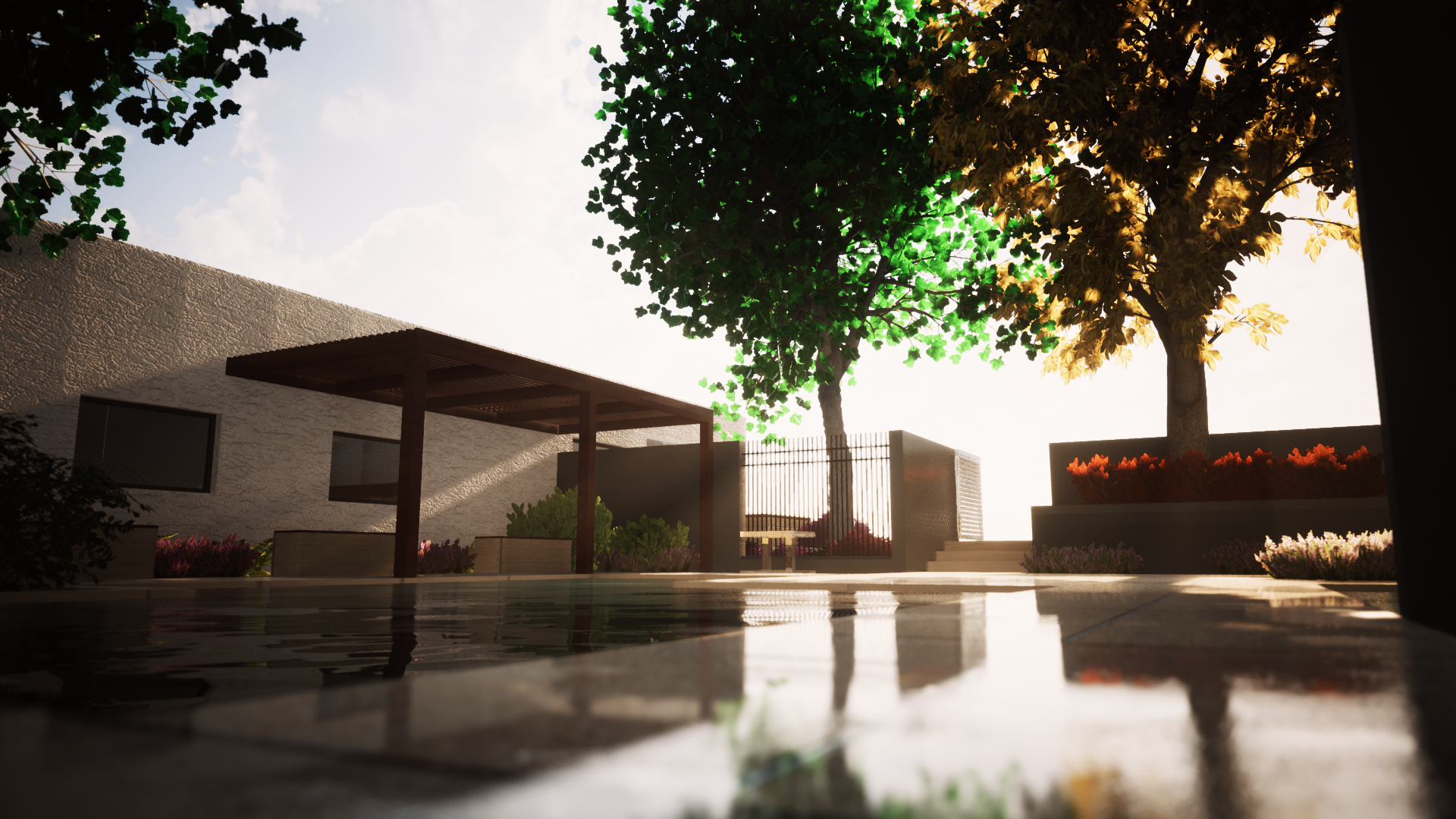




![LivePaintAxon_Part100 [Converted].jpg](https://images.squarespace-cdn.com/content/v1/62d860433080f806af560eca/1fb3c790-11a7-4c5e-80f8-30a97491f649/LivePaintAxon_Part100+%5BConverted%5D.jpg)


